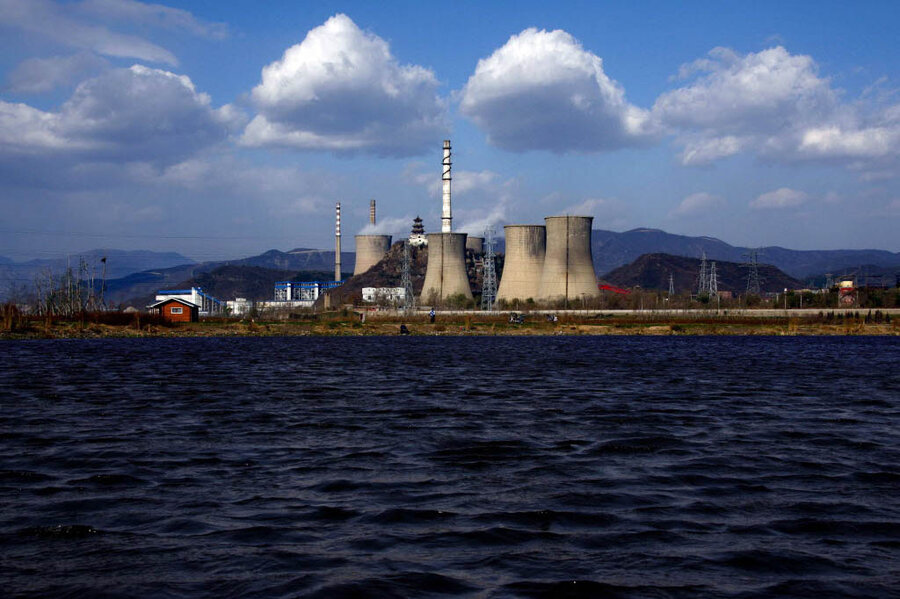China's carbon emissions may be grossly overestimated. Why that matters
Loading...
Carbon emission estimates for the world’s biggest producer of greenhouse gases may have been overstated by international organizations for more than a decade, according to a study published Wednesday in the journal Nature.
China remains the largest source of atmosphere-heating gases, but the paper said organizations like the European Union's Emissions Database for Global Atmospheric Research have overestimated China's emissions by as much as 14 percent by using default conversion rates that should not apply in China. The new estimates take into account fuel quality, something the Intergovernmental Panel on Climate Change (IPCC) and most international data sources have thus far ignored, according to lead researcher Dabo Guan, an environmental economics professor at the University of East Anglia's School of International Development. In China, taking into account the low quality of coal which produces lower amounts of carbon dioxide, was previously “missing” when establishing emission inventories, according to the researchers.
“China is the largest coal consumer in the world, but it burns much lower quality coal, such as brown coal, which has a lower heat value and carbon content compared to the coal burned in the US and Europe,” said Professor Guan.
The paper states that Chinese CO2 emissions have been substantially overestimated in recent years, and emphasizes that evaluating countries' commitments and progress toward reducing CO2 emissions depends upon the accuracy of annual emissions estimates and reducing uncertainties.
The team re-evaluated emissions from the burning of fossil fuels and cement production from 1950-2013. They used independently assessed data on the amounts of fuels burned and new measurements of emissions factors – the amount of carbon oxidized per unit of fuel consumed – for Chinese coal.
With the United Nations set to ratify a new global climate accord in Paris in December, China has pledged to bring emissions to a peak by "around 2030," but it remains unclear how much CO2 China is actually producing and how much it will produce in the next 15 years. But the report finds that China’s emissions are as much as 14 per cent lower than the emissions reported by previous assessments, including those by the Carbon Dioxide Information Analysis Center (CDIAC) in the United States and the Emissions Database for Global Atmospheric Research in the EU, which are the official data sources for providing scientific evidence for climate change policy negotiations in Paris later this year.
"Without an accurate baseline, any target will become a number-crunching game," said Guan. While the study might ease some of the pressure on China, it still has a lot to do to rein in its spiraling greenhouse gas emissions, he added.
"Our estimates, which use a lower emission factor, don't change the fact that China is still the largest emitter in the world," Guan said. "This will give some carbon space for the less-developed regions in China but it is not a game-changer. It won't disrupt China's mitigation efforts."
Corinne Le Quéré, director of the Tyndall Centre for Climate Change Research at UEA, said there were a lot of uncertainties in Chinese data, especially given discrepancies between national and provincial figures.
“There is still a lot of work to do,” said Professor Le Quéré. “The strong message here is that as we refine our estimates of carbon emissions we get closer to an accurate picture of what is going on and we can improve our climate projections and better inform policy on climate change.”








